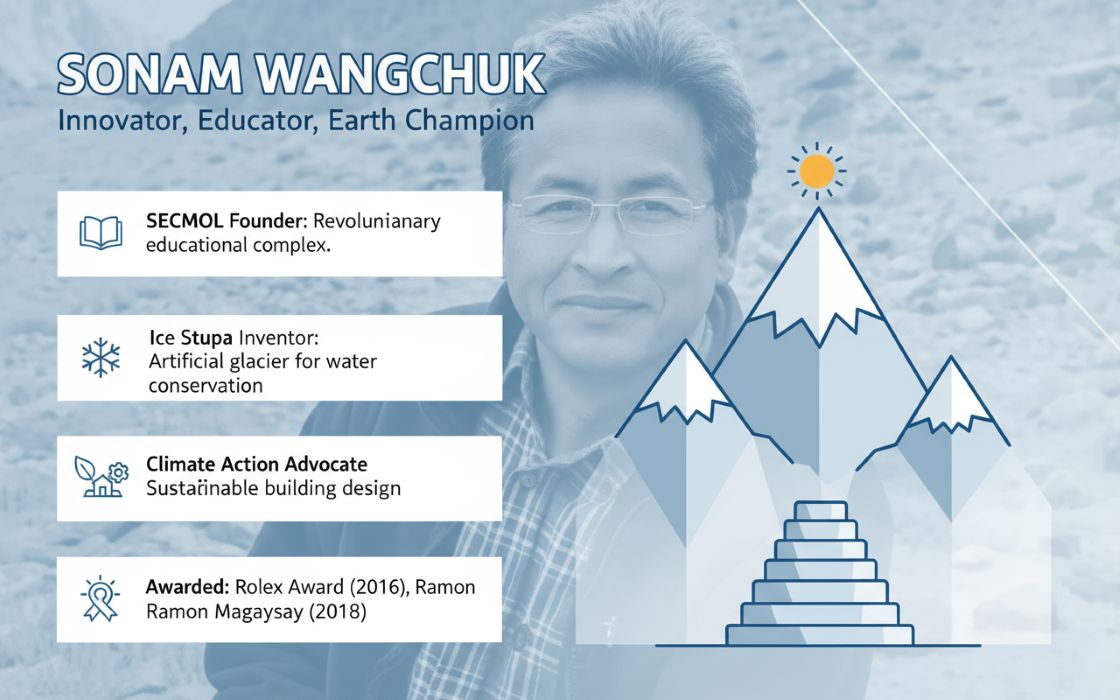As the world accelerates toward decarbonization, Indian Metals and Ferro Alloys Ltd. (IMFA)—a pioneer in India’s ferro alloys sector—is taking bold strides to align with national and global sustainability goals. In this exclusive interview with TheCSRUniverse, Sureshbabu Chigurupalli, Business Head–Ferro Alloys and Projects at IMFA, sheds light on the company’s forward-looking sustainability roadmap. From signing long-term renewable energy PPAs to investing in hybrid solar-wind solutions, IMFA is actively transforming its energy mix to enhance reliability and reduce emissions.
We touch upon IMFA’s broader ESG strategy, including commitments to water positivity, zero liquid discharge, circular economy practices, and the development of green ferrochrome. Sureshbabu also addresses the regulatory and technological bottlenecks faced by the ferro alloys industry and advocates for targeted policy reforms to accelerate industrial decarbonization. With ambitious goals like 50% emissions reduction by 2035 and net-zero by 2050, IMFA is charting a resilient and responsible path for India's resource-intensive sectors.
Read along for more insights:
Q. We’d like to begin with the recently announced 25-year PPA with AMPIN Energy. IMFA had also signed a PPA with JSW Green Energy last year. Could you share the rationale for such major investments towards renewable energy transition- how do you expect it to impact energy costs and reliability of supply over the long term?
A. IMFA’s PPAs with AMPIN and JSW reflect our aim to decarbonize and embrace greener energy, aligning with India’s clean energy goals and ESG standards & fulfill Odisha’s RPO (Renewable Power Obligation). The fixed tariffs are competitive with captive coal, ensure long-term cost stability. The hybrid model delivers reliable, round-the-clock power, supporting IMFA’s ferroalloy production while cutting emissions.
Q. What were the key factors that influenced the choice of a hybrid model—combining wind and solar—for these agreements? Have you set any targets regarding renewable energy usage (as a proportion of your total energy consumption) for the near future?
A. The choice of a hybrid wind and solar model for IMFA’s ferrochrome plant was driven by the need for reliable, round-the-clock (RTC) power, leveraging solar’s daytime availability and wind’s complementary generation patterns to reduce intermittency, alongside cost parity with conventional energy. This model ensures compliance with India’s Renewable Purchase Obligations (RPO) and supports decarbonization goals. IMFA aims to align with India’s RPO targets, potentially sourcing 30–40% of its energy from renewables by 2030, though specific targets remain flexible pending policy incentives and project scalability.
Q. Beyond renewable energy, what are the other major thrust areas in IMFA’s sustainability strategy and how are you progressing on them?
A. IMFA’s sustainability strategy extends beyond renewable energy, targeting carbon emission reduction (50% by 2035, net-zero by 2050) through energy efficiency and cleaner technologies, water positivity by 2030 via rainwater harvesting and recycling, and circular economy practices by enhancing byproduct reuse. The company also prioritizes biodiversity through afforestation and ecological restoration, alongside community development in education, healthcare, and livelihoods. Sustainability is integrated into operations, monitored via KPIs, and guided by senior leadership to ensure long-term environmental and social value creation.
Q. Could you highlight some specific sustainability initiatives—perhaps related to water use, process optimization, or circular economy practices—that have yielded tangible results in your operations?
A. Certainly. IMFA’s sustainability initiatives yield significant results in water management, process optimization, and circular economy practices. Zero Liquid Discharge (ZLD) systems, supported by ETPs at plants and Sukinda Mines, reuse all industrial wastewater, saving substantial freshwater annually, while STPs recycle sewage for gardening, conserving significant water yearly. Rainwater harvesting at Sukinda and Mahagiri Mines recharged considerable groundwater in 2024. Process optimization leverages low-density aggregates, and circular economy efforts convert large volumes of slag and fly ash into aggregates, reducing landfill waste and supplying sustainable materials, enhancing environmental and operational efficiency.
Q. What have been the most significant bottlenecks in making your operations more sustainable—whether technical, regulatory, or economic—and how are you addressing them?
A. As a ferrochrome industry pioneer since 1962 and a leading ferro alloys producer in India, IMFA tackles technical, regulatory, and economic challenges to advance sustainability while aligning with national and global environmental goals. Technically, upgrading aging infrastructure for energy-efficient processes like waste heat recovery and slag-based aggregates is complex and costly, but IMFA addresses this through phased technology adoption, R&D, automation, and innovator collaborations to enhance efficiency and minimize disruptions. Regulatory complexities from stringent water, emissions, and waste norms, compounded by policy shifts, are met with real-time monitoring, zero liquid discharge systems, and compliance with EU CBAM and global ESG standards, with emissions well within prescribed limits. Economically, capital-intensive sustainability initiatives strain profits in a price-sensitive market, yet IMFA leverages green financing and circular economy practices, like reprocessing slag into revenue-generating aggregates, to ensure viability. Through innovation, compliance, and strategic financing, IMFA drives sustainable growth in India’s ferro alloys sector.
Q. Are there any technological, procedural or product level innovations that IMFA is working on that could help in reducing its emissions further?
A. Indian Metals & Ferro Alloys (IMFA) is advancing emissions reduction through innovative technological, procedural, and product-level strategies, aligning with India’s sustainability goals. Technologically, IMFA operates waste gas and solar plants and has secured a 110 MW renewable energy tie-up to power its ferrochrome production, earning CII recognition for energy efficiency. Procedurally, IMFA embeds ESG principles, achieves water positivity at its Therubali manufacturing location through advanced water recycling and conservation, and enhances emissions monitoring to comply with the EU’s Carbon Border Adjustment Mechanism (CBAM). At the product level, IMFA is actively working to develop green ferrochrome with minimal emissions and is constructing a 120 KL/day grain-based ethanol plant by 2026, diversifying into eco-friendly products.
Q. In your view, how is the Indian manufacturing sector evolving in terms of sustainability practices? Do you see ferro alloys and allied industries catching up with global benchmarks, or is there still a long way to go?
A. India’s manufacturing sector is progressing in sustainability, driven by policies like the Perform, Achieve, and Trade (PAT) scheme, zero-liquid discharge norms, and the National Green Hydrogen Mission, with large firms in steel, cement, and textiles adopting energy-efficient technologies and ESG frameworks to meet global standards. However, the ferro alloys sector, including companies like IMFA, lags behind global benchmarks due to high energy intensity, coal dependency, and limited R&D, compared to European counterparts using green hydrogen and renewable grids. Targeted policy reforms—such as green energy subsidies, carbon pricing, and R&D grants—could help ferro alloys align with global standards, building on broader decarbonization efforts like Green Bonds and PLI schemes to support India’s net-zero 2070 goal, though cost barriers and inconsistent enforcement remain challenges.
Q. How do you view the role of policy in accelerating industrial decarbonization in India? Are there specific policy reforms or incentives that could better support companies like IMFA?
A. India's policies are crucial for industrial decarbonization, promoting clean energy, energy efficiency, and low-carbon technologies. Initiatives like the Perform, Achieve, and Trade (PAT) scheme, green hydrogen policies, and Production-Linked Incentives (PLI) for renewables drive industries toward sustainability. For companies like Indian Metals & Ferro Alloys (IMFA), a ferrochrome producer, policies offering carbon pricing, subsidized green energy, and R&D grants for carbon capture could accelerate decarbonization. Specific reforms, like streamlined approvals for green tech adoption and tax incentives for low-carbon processes, would better enable IMFA to align with India’s net-zero 2070 goal while maintaining competitiveness.
Q. Many companies now embed ESG at the boardroom level. How has IMFA institutionalized sustainability within its corporate governance structure and decision-making processes?
A. IMFA is actively working to institutionalize sustainability within its corporate governance, focusing on integrating ESG principles into strategic decisions like ethanol production and capacity expansion, with an emphasis on long-term value. While formal ESG policies and a dedicated board-level sustainability framework are still in development, IMFA’s commitment is evident through its efforts to align with India’s RPO and global ESG standards, engaging stakeholders to balance commercial and environmental objectives.
Q. Looking ahead, what are your top 2–3 sustainability or ESG priorities for the next five years? Are there any upcoming technologies or collaborations that you’re particularly excited about?
A. IMFA’s ESG priorities for the next five years focus on decarbonizing energy through hybrid renewable models, achieving water positivity through efficient water management and conservation, enhancing resource efficiency via slag recycling and ethanol production, and strengthening community CSR. Promising advancements include AI-driven energy optimization, optimizing processes, reducing resource use and forming partnerships with renewable developers to accelerate sustainability.

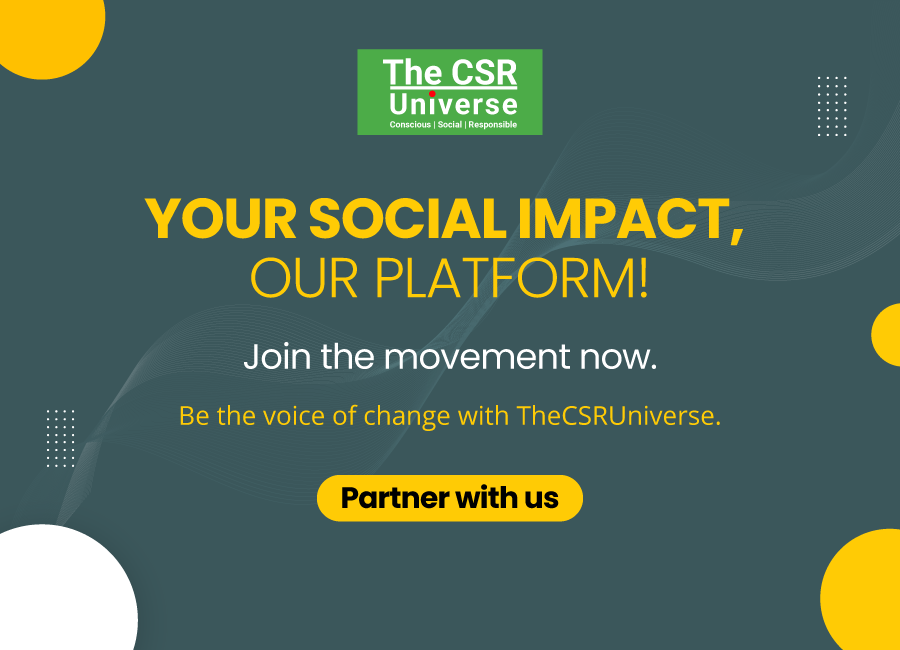



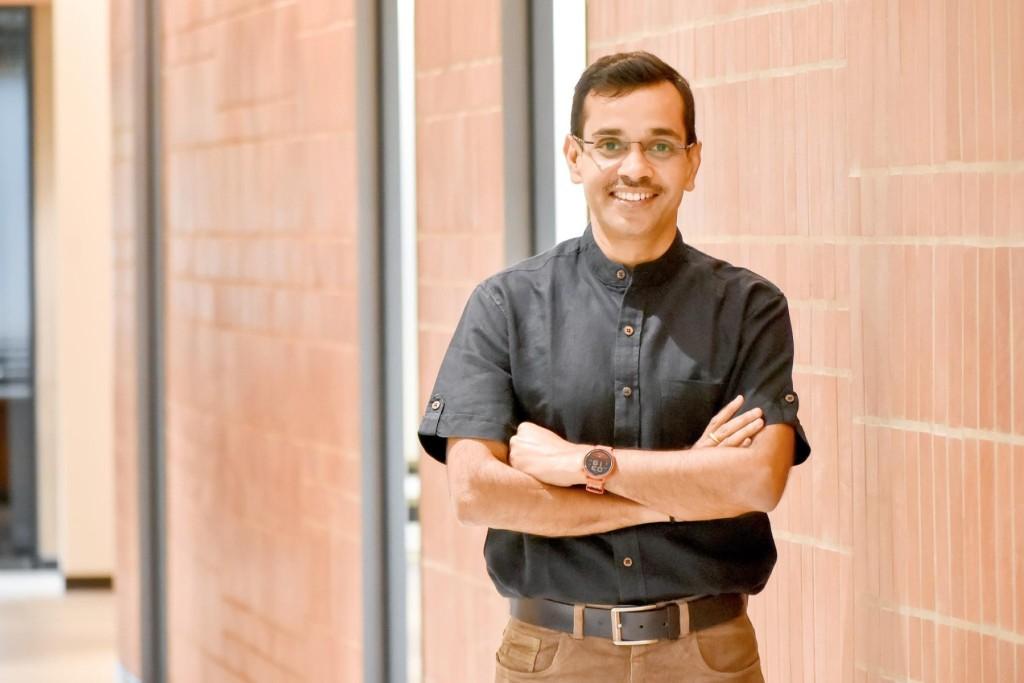

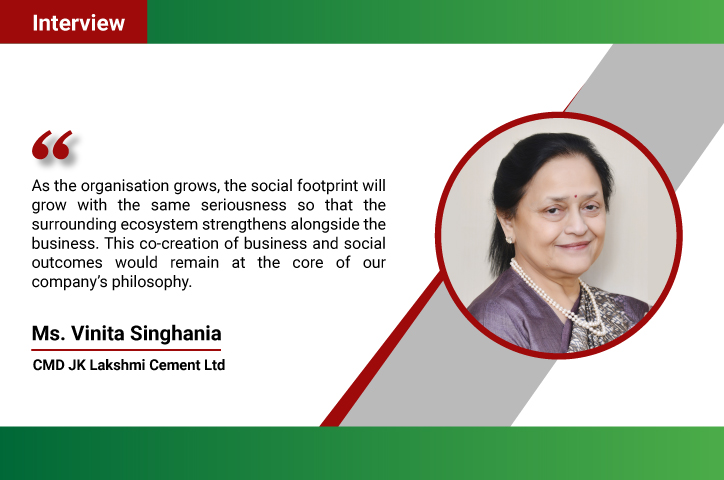


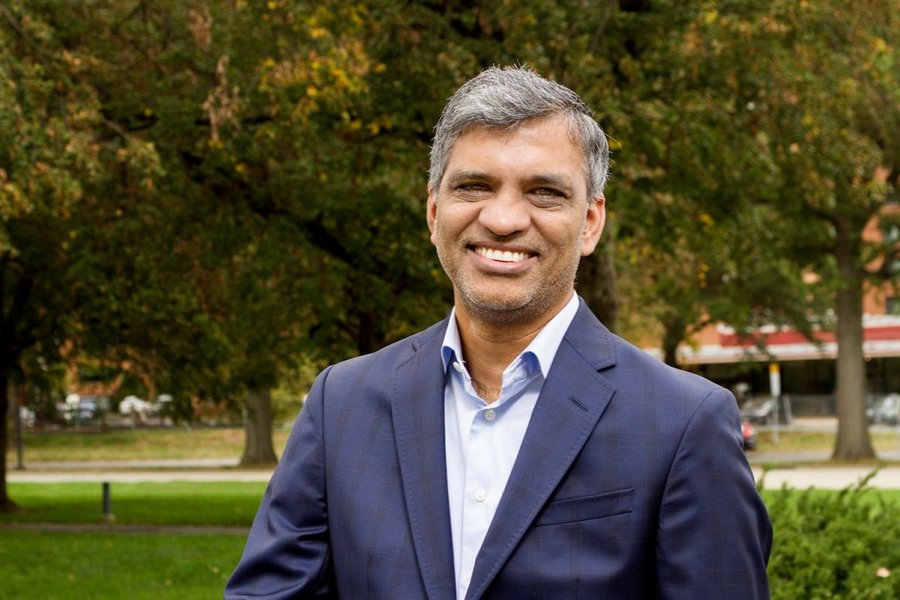



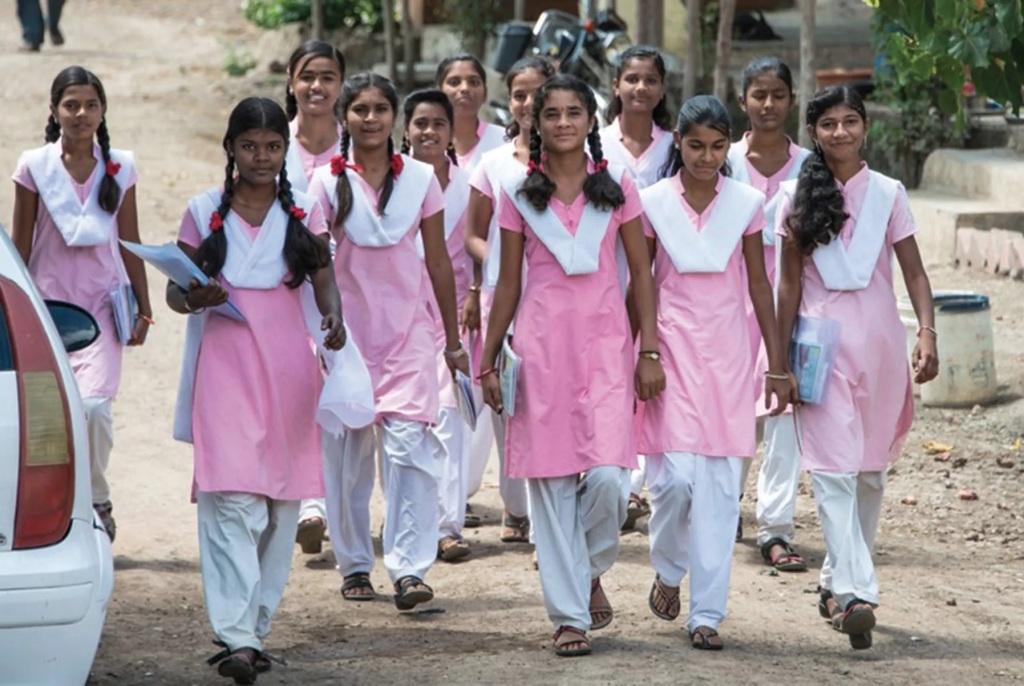

.jpg)

